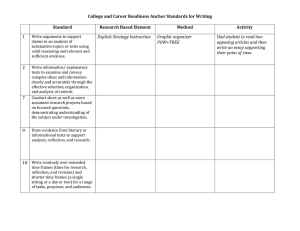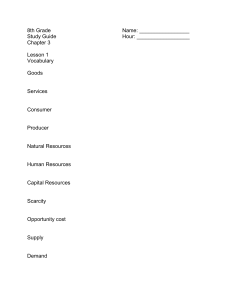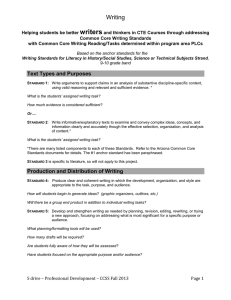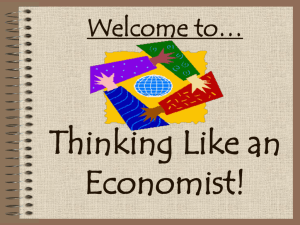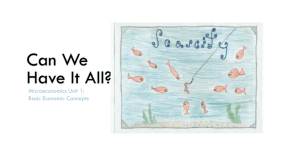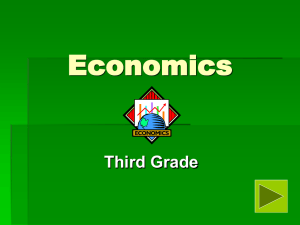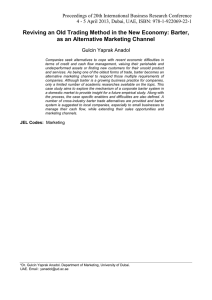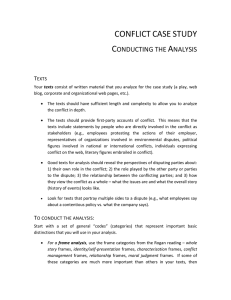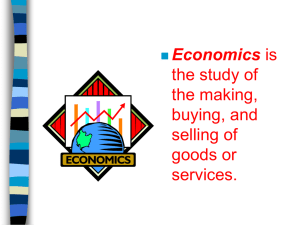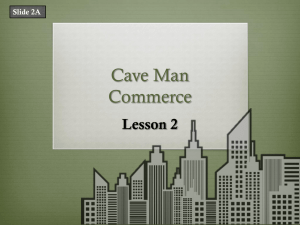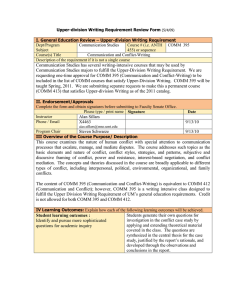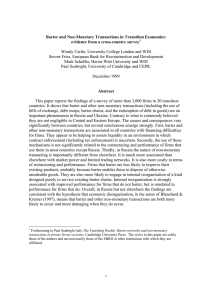Economy Map - Central Dauphin School District
advertisement
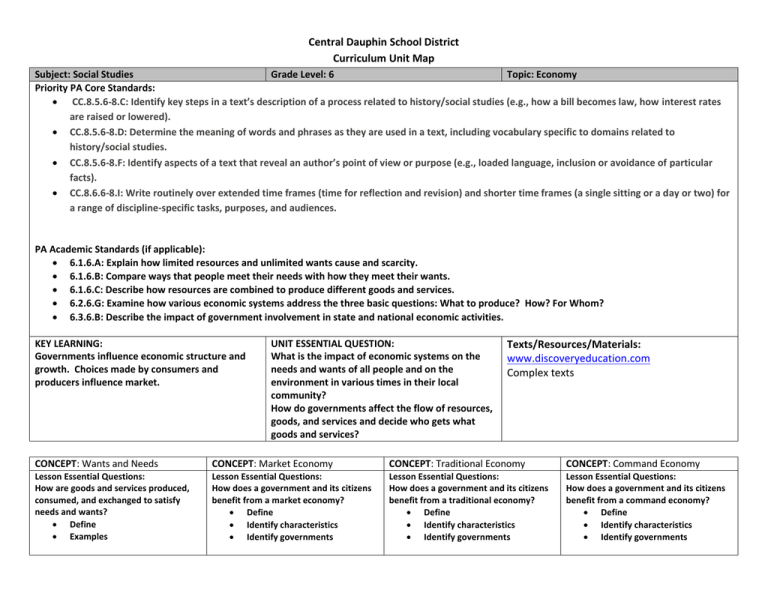
Central Dauphin School District Curriculum Unit Map Subject: Social Studies Grade Level: 6 Topic: Economy Priority PA Core Standards: CC.8.5.6-8.C: Identify key steps in a text’s description of a process related to history/social studies (e.g., how a bill becomes law, how interest rates are raised or lowered). CC.8.5.6-8.D: Determine the meaning of words and phrases as they are used in a text, including vocabulary specific to domains related to history/social studies. CC.8.5.6-8.F: Identify aspects of a text that reveal an author’s point of view or purpose (e.g., loaded language, inclusion or avoidance of particular facts). CC.8.6.6-8.I: Write routinely over extended time frames (time for reflection and revision) and shorter time frames (a single sitting or a day or two) for a range of discipline-specific tasks, purposes, and audiences. PA Academic Standards (if applicable): 6.1.6.A: Explain how limited resources and unlimited wants cause and scarcity. 6.1.6.B: Compare ways that people meet their needs with how they meet their wants. 6.1.6.C: Describe how resources are combined to produce different goods and services. 6.2.6.G: Examine how various economic systems address the three basic questions: What to produce? How? For Whom? 6.3.6.B: Describe the impact of government involvement in state and national economic activities. KEY LEARNING: Governments influence economic structure and growth. Choices made by consumers and producers influence market. UNIT ESSENTIAL QUESTION: What is the impact of economic systems on the needs and wants of all people and on the environment in various times in their local community? How do governments affect the flow of resources, goods, and services and decide who gets what goods and services? Texts/Resources/Materials: www.discoveryeducation.com Complex texts CONCEPT: Wants and Needs CONCEPT: Market Economy CONCEPT: Traditional Economy CONCEPT: Command Economy Lesson Essential Questions: How are goods and services produced, consumed, and exchanged to satisfy needs and wants? Define Examples Lesson Essential Questions: How does a government and its citizens benefit from a market economy? Define Identify characteristics Identify governments Lesson Essential Questions: How does a government and its citizens benefit from a traditional economy? Define Identify characteristics Identify governments Lesson Essential Questions: How does a government and its citizens benefit from a command economy? Define Identify characteristics Identify governments Academic Specific: (examples: analyze, trace, identify) Define, identify Haiti Indigenous tribes Fishing, farming Under developed countries Inuits barter Skills—verbs: (What do students need to be able to do? In which quadrant do the skills belong?) *see page 19 of SAP Learning Environment guide* 1. 2. 3. 4. 5. Iran China Cuba North Korea Vocabulary Domain (Content) Specific: (examples: drama, characterization, theme) economy, consumer, supply and demand, free enterprise, scarcity, limited resources, unlimited resources, barter KUD’s (know—understand—do) RR Framework Concepts—nouns: (What do students need to know/understand?) C D A B Unit Assessment Plan Common Summative Activities/Performance Tasks/Assessments (from assessment bank): Thoughts… Compare/contrast Advantages/disadvantages Natural resources drive economies
